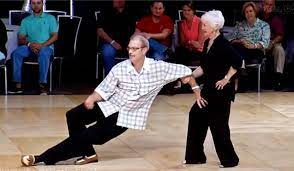Varicose veins, with their swollen, twisted appearance, are more than just a cosmetic nuisance. For many, they bring discomfort, pain, and even itching. While modern medicine offers a range of treatments, these options can be invasive, costly, and inconvenient. Enter Nana’s time-tested, all-natural recipes! These homemade remedies, passed down through generations, rely on simple ingredients to help reduce the appearance and discomfort of varicose veins. Ready to try some old-fashioned wisdom? Let’s explore these traditional remedies to see how they can support vein health.
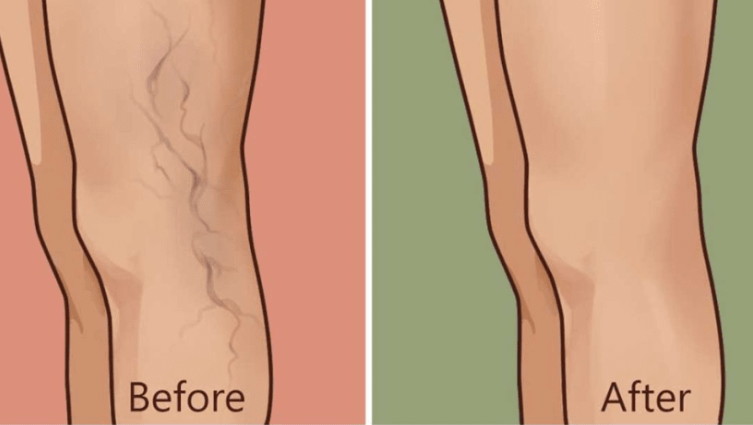
What Causes Varicose Veins? Understanding the Basics
Before diving into Nana’s remedies, it helps to understand what causes varicose veins in the first place. These enlarged veins occur when the valves within the veins become weak or damaged, allowing blood to pool and veins to swell. Common causes include:
- Genetics: Family history often plays a big role.
- Prolonged Standing or Sitting: This increases pressure on the veins.
- Hormonal Changes: Pregnancy, menopause, and even birth control can contribute.
- Age: As we get older, veins naturally lose elasticity.
By targeting the underlying issues, these natural remedies can help improve blood flow and reduce inflammation, making them a gentle alternative to modern treatments.
1. Apple Cider Vinegar Compress: A Natural Inflammation Fighter
Apple cider vinegar (ACV) is famous for its anti-inflammatory and circulation-boosting properties. It’s a staple in Nana’s varicose vein arsenal for good reason. Here’s how you can use it:
- How to Use: Soak a clean cloth in apple cider vinegar and gently wrap it around the affected area. Leave it on for 20-30 minutes, then rinse with cool water. For best results, repeat this daily.
The acidic nature of ACV helps improve blood flow and reduce swelling, gradually diminishing the appearance of varicose veins. Plus, it’s refreshing and revitalizing on the skin!
2. Garlic and Olive Oil Mixture: A Powerful Duo for Vein Health
Garlic is a natural powerhouse known for reducing inflammation and improving blood circulation. When combined with olive oil, which acts as a carrier and moisturizer, you have a soothing balm that helps support vein health.
- How to Make It: Crush 4-5 garlic cloves and mix them with two tablespoons of olive oil. Let the mixture sit for a few hours to enhance the infusion. Apply it directly onto the veins, massaging in gentle, circular motions. Leave it on overnight for maximum effect.
Regular use of this garlic and olive oil mixture can help reduce the swelling and heaviness associated with varicose veins. Nana swears by this remedy, and many find it relaxing and nourishing for the skin as well.
3. Herbal Infusions: Horse Chestnut and Witch Hazel
Certain herbs are believed to strengthen blood vessels and help reduce vein leakage. Horse chestnut and witch hazel are both known for their vein-supporting properties, making them excellent choices for a soothing herbal infusion.
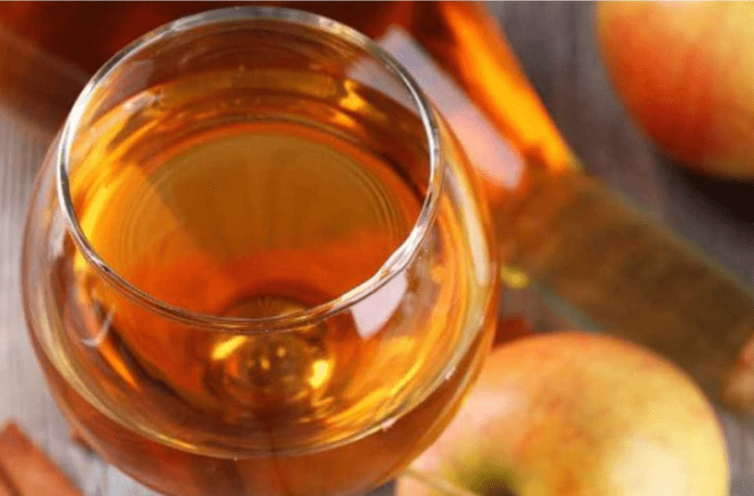
- How to Use: For horse chestnut, you can find capsules or teas to consume daily. Witch hazel, however, works best when applied topically. Soak a cloth in witch hazel and gently dab it onto the affected areas. For horse chestnut, you can also find topical creams that work well for massaging into the skin.
These herbs contain compounds that help reduce swelling and improve circulation, making them a gentle but powerful addition to your routine.
4. Epsom Salt Bath: Relax and Rejuvenate Your Veins
There’s nothing quite like a warm Epsom salt bath to melt away stress and soothe aching muscles. But did you know that Epsom salt is also a fantastic remedy for varicose veins? It contains magnesium sulfate, which can improve circulation and reduce inflammation.
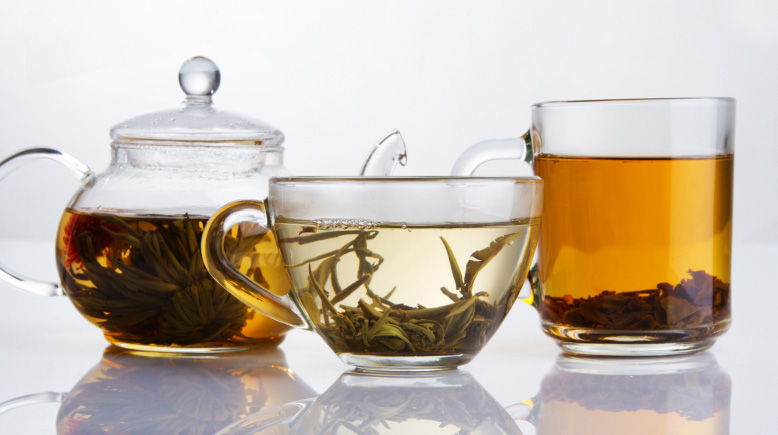
- How to Use: Dissolve one to two cups of Epsom salt in a warm bath and soak for 20-30 minutes. For even more benefits, try gently massaging your legs while you soak to promote blood flow.
An Epsom salt bath is a simple way to relieve pain and swelling. It’s also an excellent excuse to relax and take a moment for yourself!
5. Maintain a Varicose Vein-Friendly Diet
Nana always says that what we eat has a direct impact on how we feel—and she’s right! A diet rich in fiber, antioxidants, and vitamins can help improve vein health. Here are some dietary tips for reducing varicose veins:
- Fiber-Rich Foods: High-fiber foods like oats, flaxseed, and whole grains prevent constipation, which reduces pressure on the veins.
- Antioxidants: Berries, leafy greens, and colorful vegetables are loaded with antioxidants that strengthen blood vessels.
- Hydration: Staying hydrated keeps your blood thin and improves circulation. Aim for at least eight glasses of water a day.
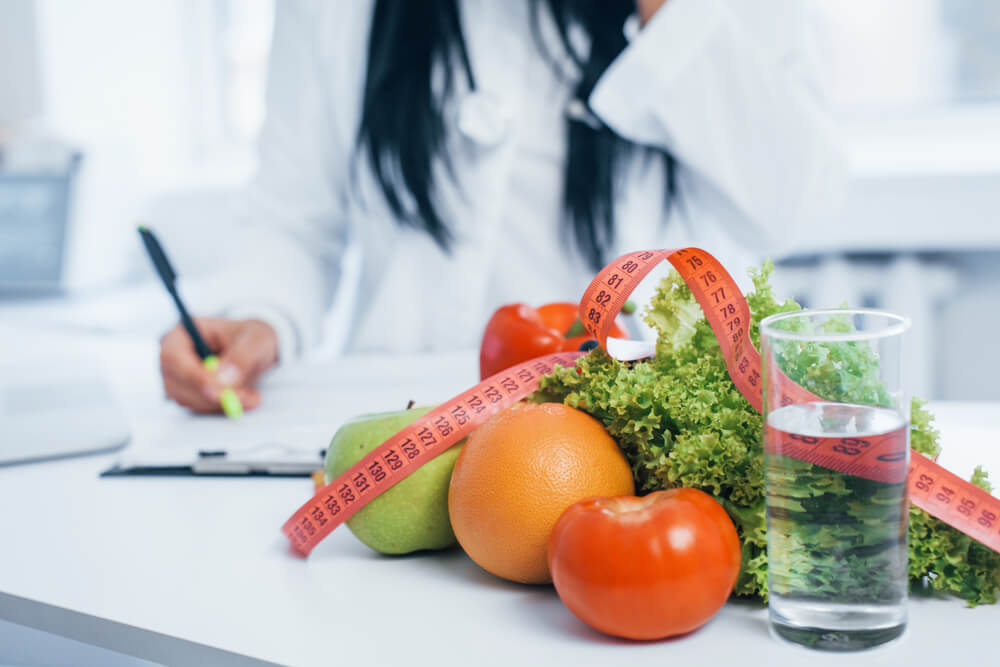
Nana recommends a diet rich in fruits, vegetables, and healthy fats like nuts and seeds. Not only is it great for your veins, but it also supports overall wellness.
6. Aloe Vera and Coconut Oil: Cooling Relief for Swollen Veins
Aloe vera and coconut oil both have anti-inflammatory properties, which can provide quick relief for swollen varicose veins. Together, they create a soothing gel that’s easy to apply.
- How to Use: Mix equal parts aloe vera gel and coconut oil, then massage it onto your legs. You can leave this on overnight or wash it off after 30 minutes. Both ingredients help reduce inflammation, moisturize the skin, and promote healing.
Using this remedy regularly can help reduce the appearance of varicose veins while keeping your skin soft and hydrated.
Why Nana’s Remedies Work: The Science Behind Natural Ingredients
These remedies work by supporting the body’s natural processes. Ingredients like apple cider vinegar, garlic, and herbs have properties that improve circulation, reduce inflammation, and strengthen blood vessels. Although these recipes may not offer a quick fix, they provide consistent, gentle relief and support vein health over time.
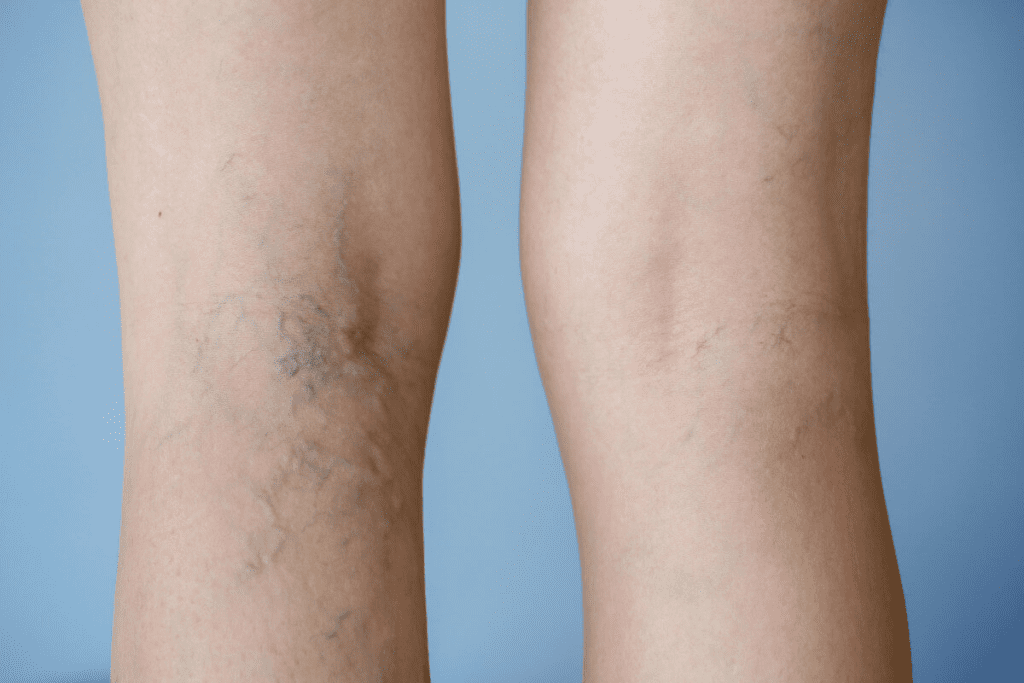
In addition to relieving varicose veins, these remedies are budget-friendly and free of harsh chemicals, making them a safe option for long-term use. They also connect us to a simpler, more natural way of healing that generations before us have trusted.
Conclusion: Embrace Nana’s Wisdom for Healthier Legs
Nana’s remedies are more than just recipes—they’re a testament to a time when natural solutions were the norm. By using simple ingredients that are often already in your kitchen, you can improve your vein health and say goodbye to the discomfort of varicose veins. Whether it’s through apple cider vinegar compresses, garlic and olive oil rubs, or a relaxing Epsom salt bath, these traditional approaches offer a holistic path to wellness.
While modern medicine has its place, embracing Nana’s recipes allows you to try gentle, time-honored methods that can help you feel better, naturally. So go ahead, give these remedies a try. Who knows? You might just find that the secret to beautiful, healthy legs is closer than you think.

